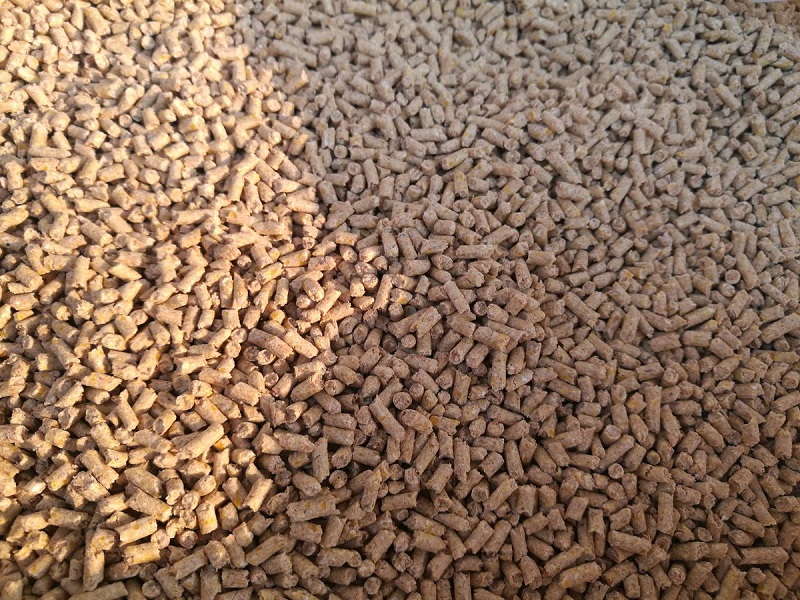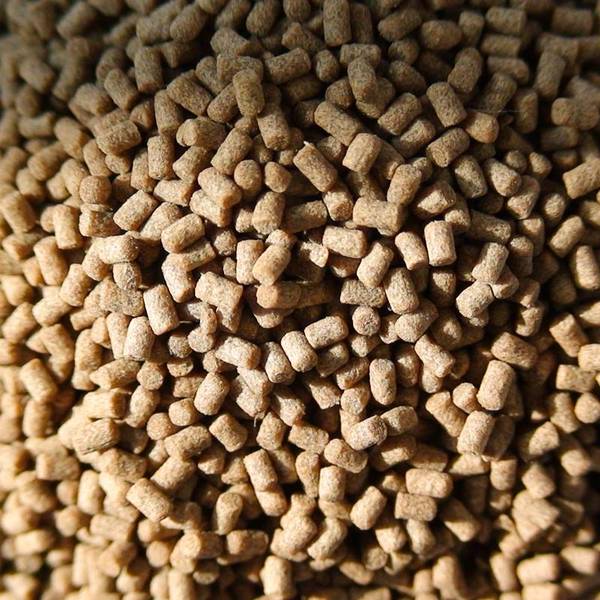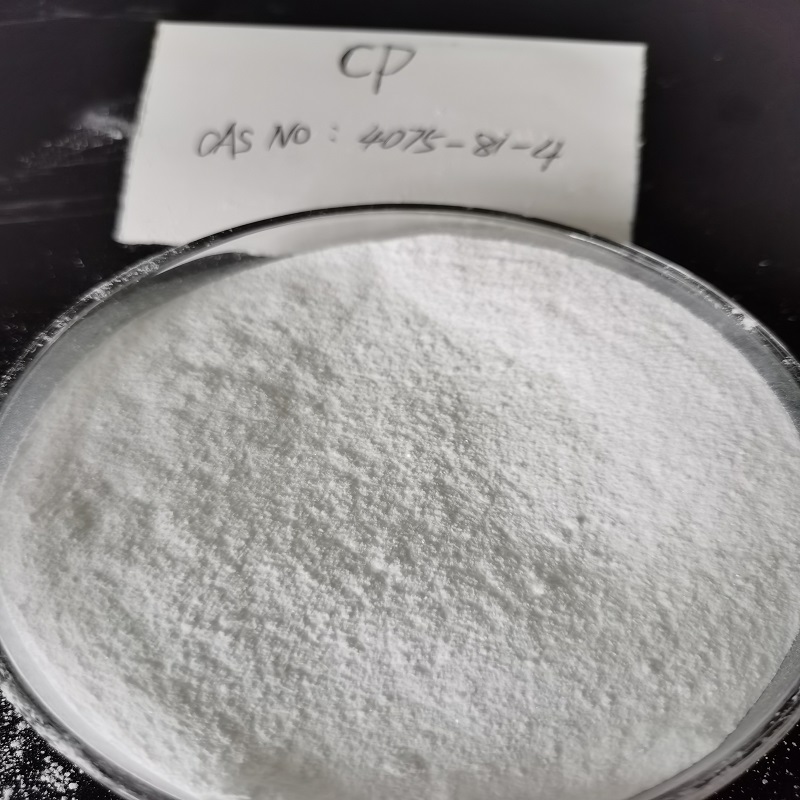What are the hazards of hidden mold poisoning caused by feed mildew?
Recently, it has been cloudy and rainy, and the feed is prone to mildew. Mycotoxin poisoning caused by mildew can be divided into acute and recessive. Acute poisoning has obvious clinical symptoms, but recessive poisoning is the most easily ignored or difficult to detect. The economic loss caused by hidden poisoning is much greater than that caused by acute poisoning. Hidden poisoning mainly has the following hazard levels:
01 – Damage to the quality of feed and raw materials
Spore mold is a saprophytic microorganism, which grows and reproduces by decomposing and consuming feed nutrients, and also releases heat to increase the feed temperature. As a result, the protein in the feed deteriorates, the utilization rate decreases, the content of amino acids decreases, and the fat and vitamins change. It provides favorable conditions for mold breeding, resulting in more mycotoxins. At this time, the nutritional concentration of feed and raw materials has been greatly reduced.
02 – Strong corrosivity to digestive tract mucosa of livestock and poultry
It will form oral ulcer, esophagitis of ducklings, shedding and necrosis of intestinal mucosa of chickens and other animals, thus affecting the body’s digestion and absorption of nutrients. For example, it will cause the malabsorption of VE and thiamine, resulting in the decline of immunity and neurological symptoms. In addition, it will cause the intestinal tract to form an obstacle to pigment absorption, resulting in poor coloring of beak and claw.
In addition to being a digestive organ, the intestine is also one of the important immune organs of the body. Its function is to induce the body to launch innate and acquired immune responses to microbial antigens. At the same time, the intestine also absorbs mycotoxins. When mycotoxins seriously destroy the integrity of intestinal epithelial cells, the secretion of immunoglobulin will be reduced, Immunoglobulin plays an important role in the immune response of intestinal mucosa. The toxicity of mycotoxin inhibits the synthesis of protein. The destruction of intestinal immune system will increase the susceptibility of poultry to infectious diseases.
03 - Damage to the liver
The liver has the function of storing glycogen. Glycogen is reduced and hypoglycemia occurs. It is often ineffective to drink glucose; It also interferes with the synthesis and transportation of yolk precursors in the liver, resulting in the decline of egg laying rate and the increase of small eggs.
04 – Damage to immune organs
In addition to the destruction of the intestinal immune system, it will also cause the atrophy of porcine thymus and bursa, the reduction of T lymphocytes and leukocytes, the content of albumin and globulin, the titer of antibody and the concentration of serum antibody, which will cause immunosuppression and lead to the multiple occurrence of various viral diseases. Adhering to prevention first is the fundamental to eliminate the harm of mold and mycotoxin.
05 - How to effectively inhibit feed mildew
Adding fungicide to feed is a common means of mildew prevention. Calcium propionate, as a feed mildew inhibitor, has outstanding bacteriostatic and mildew proof effect. It mainly interferes with the interaction of enzymes by effectively penetrating into the cell wall of mold and inhibits the production of mold, so as to achieve the functions of high-efficiency mildew proof and anti-corrosion. It is an ideal high-efficiency mildew proof assistant.


